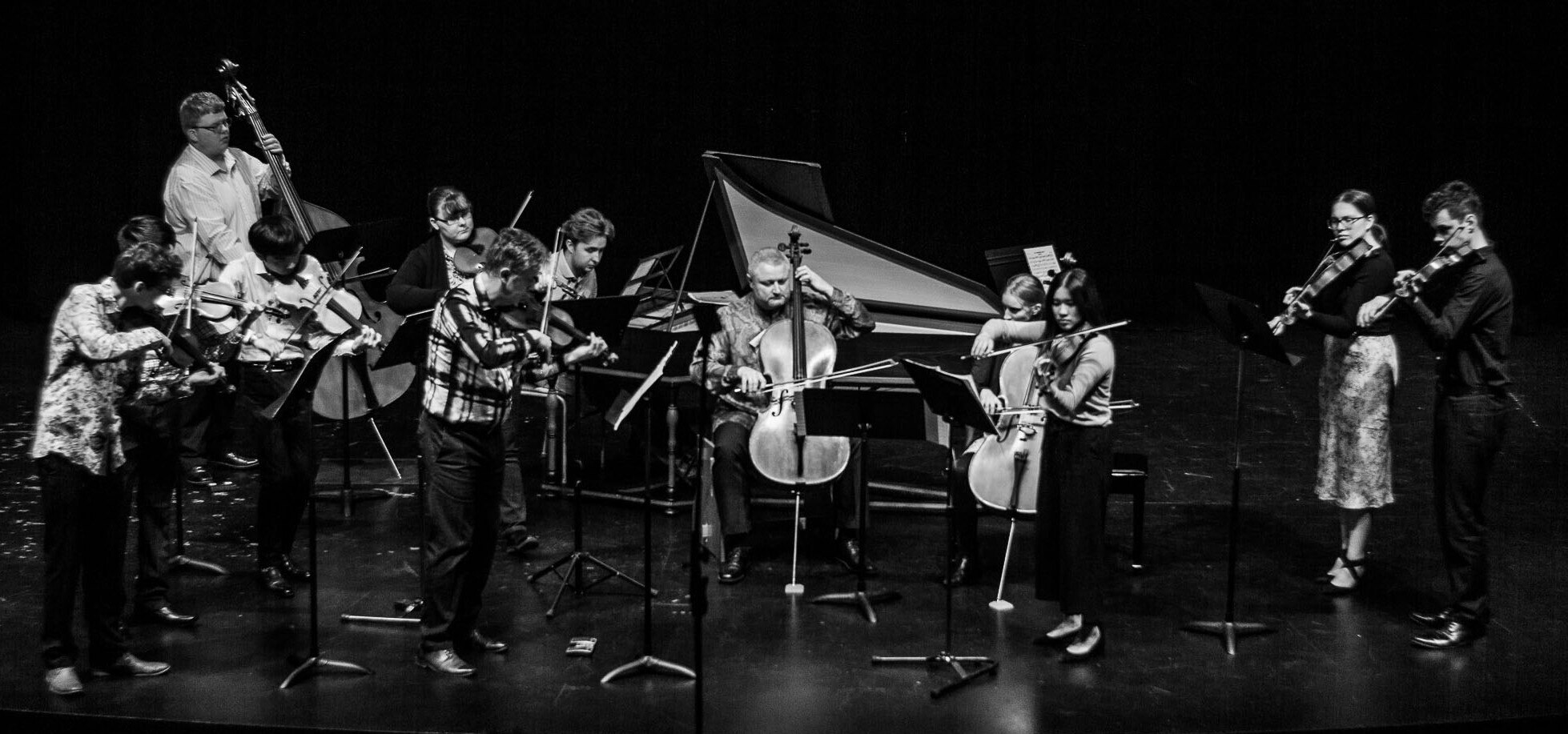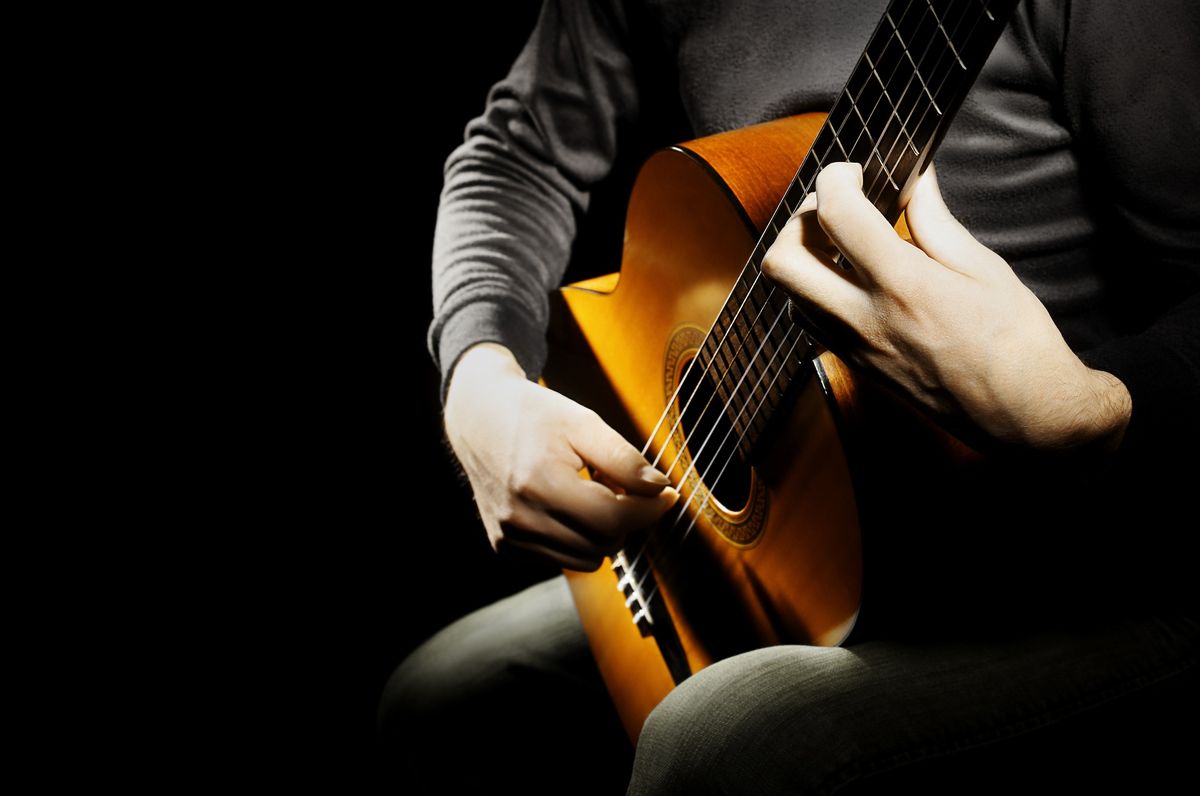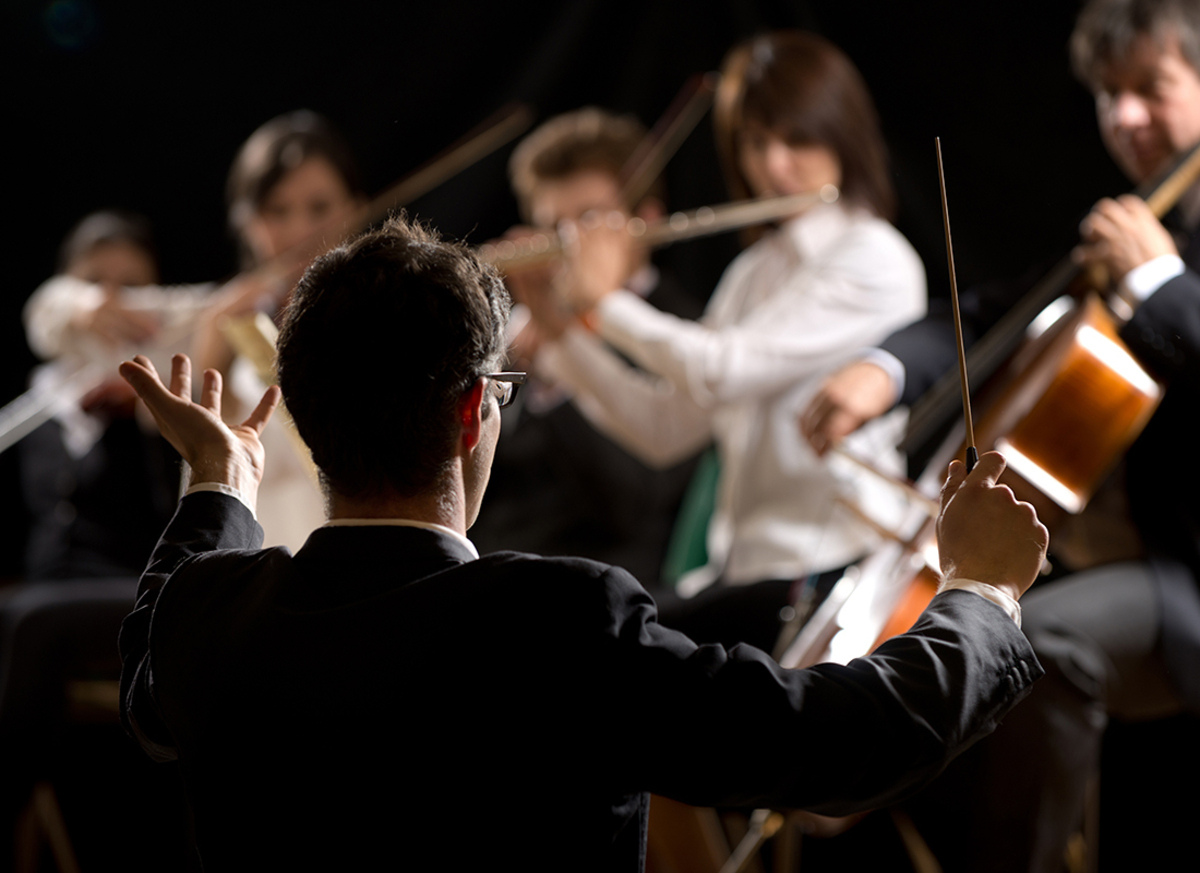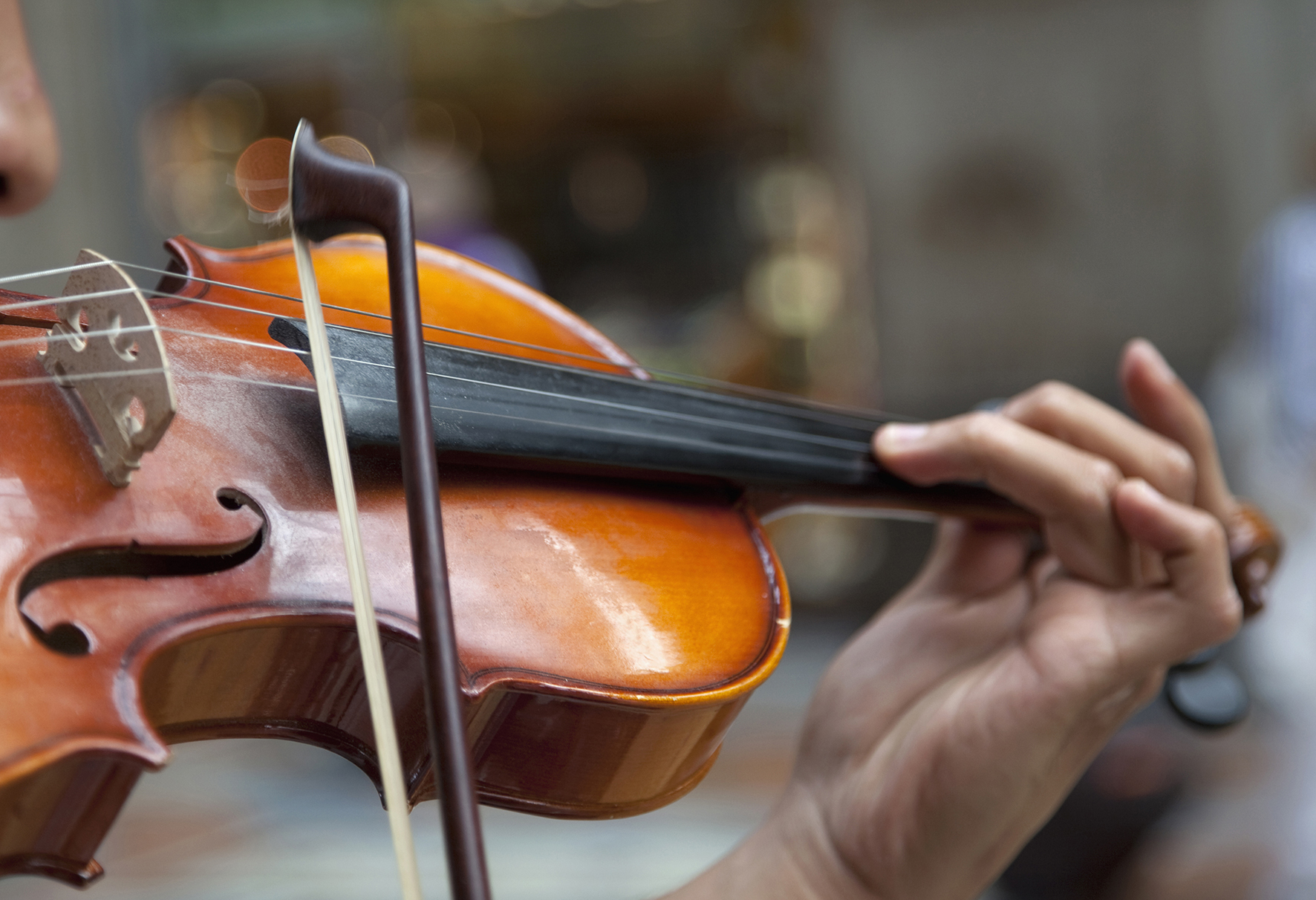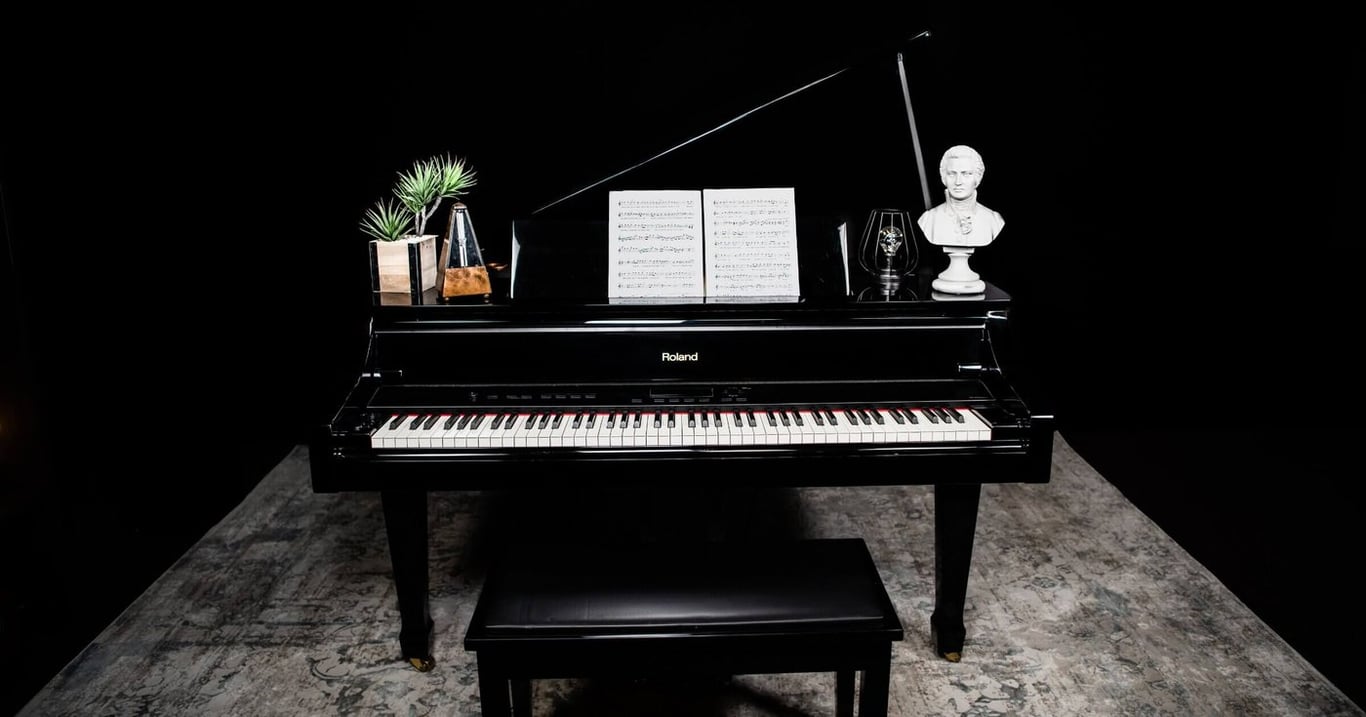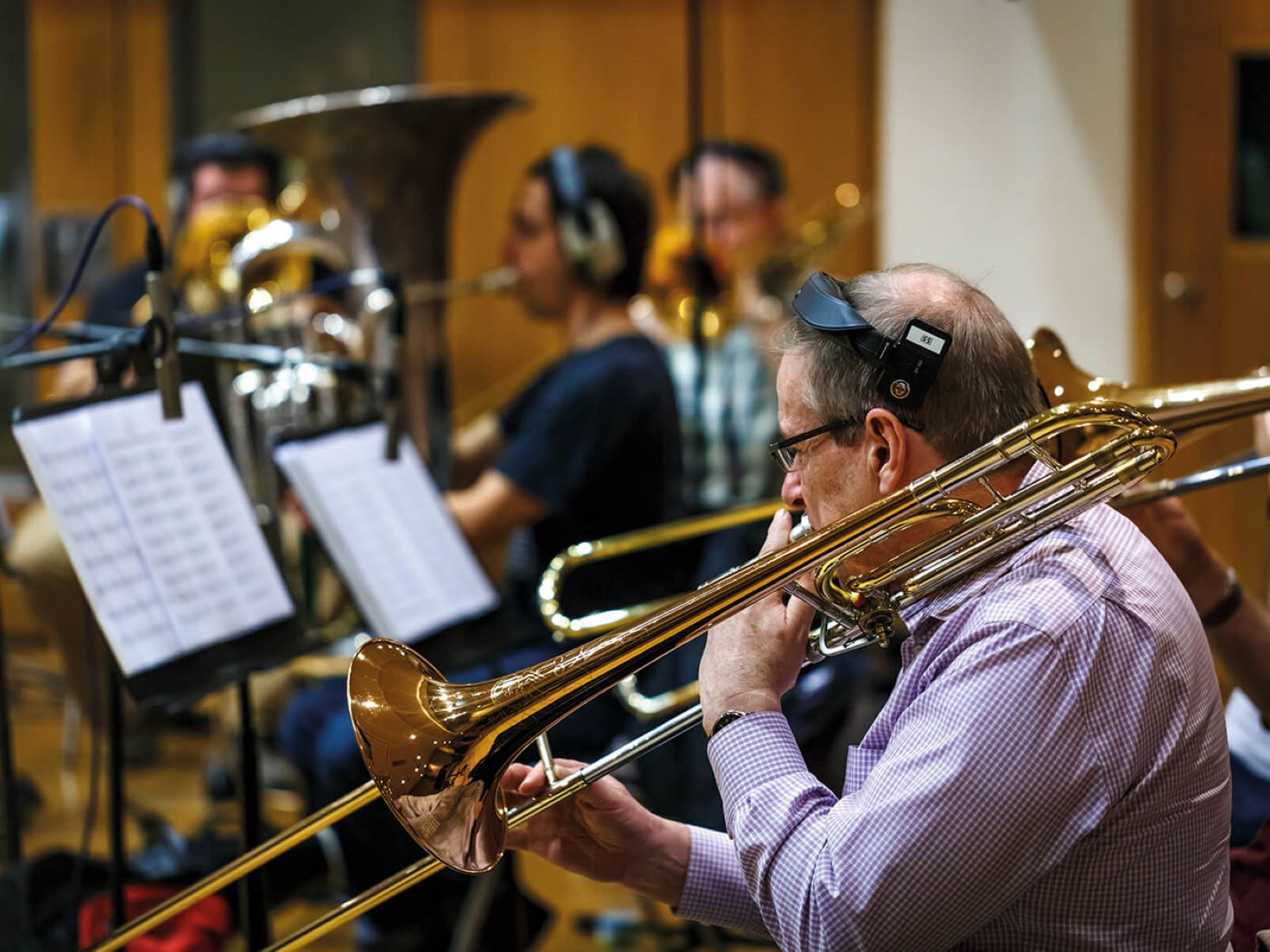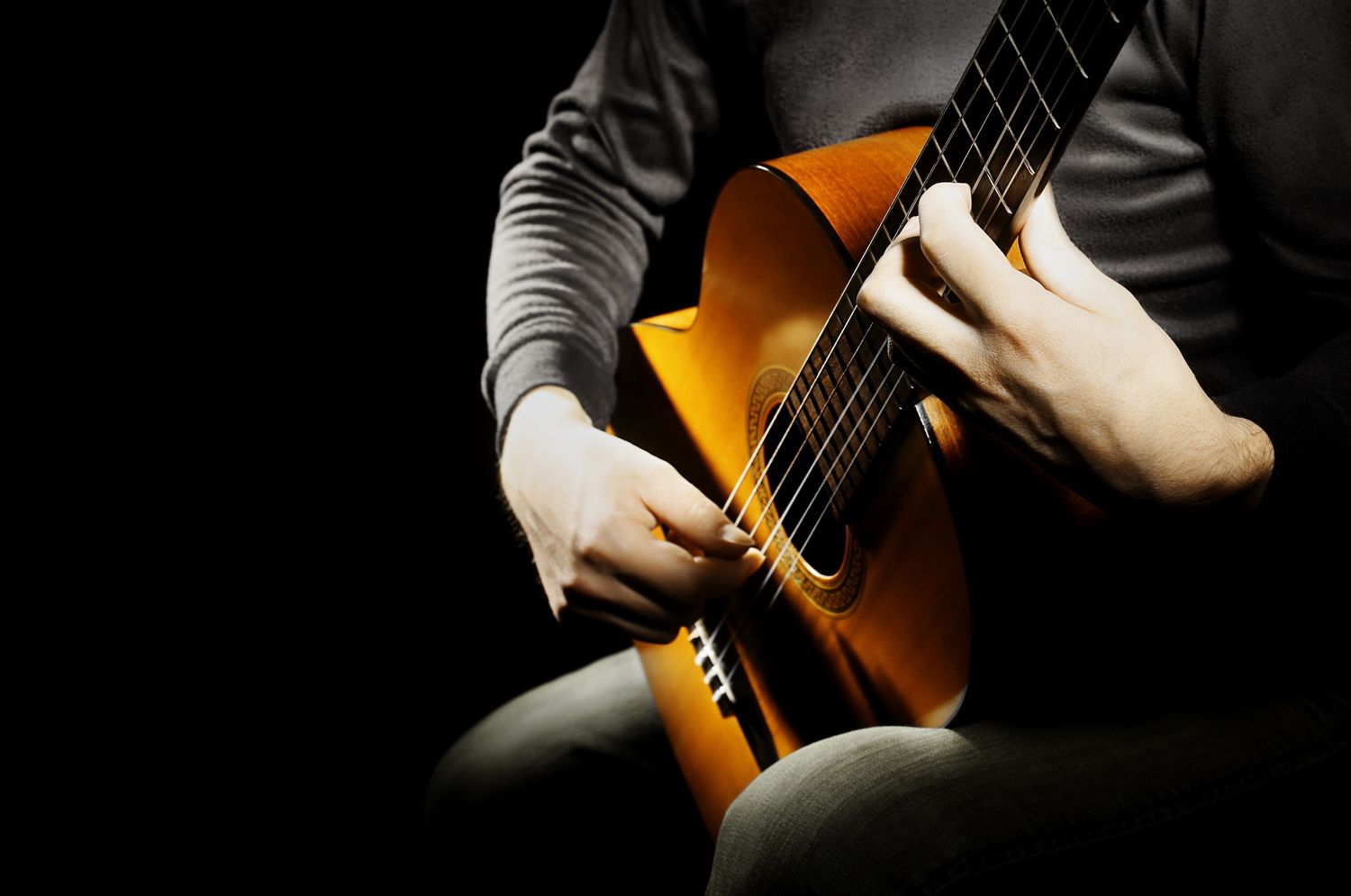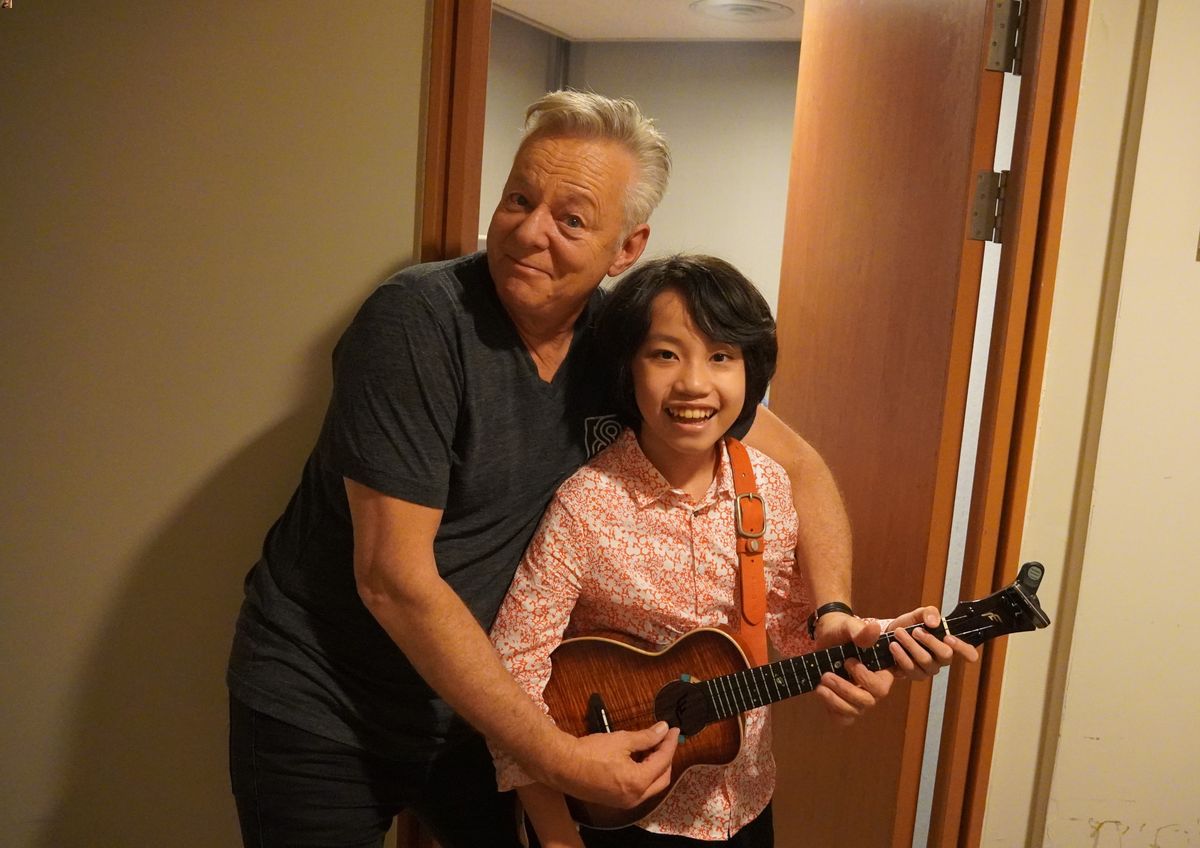Home>Production & Technology>Orchestra>What Role Did Woodwinds Primarily Play In The Classical Orchestra?
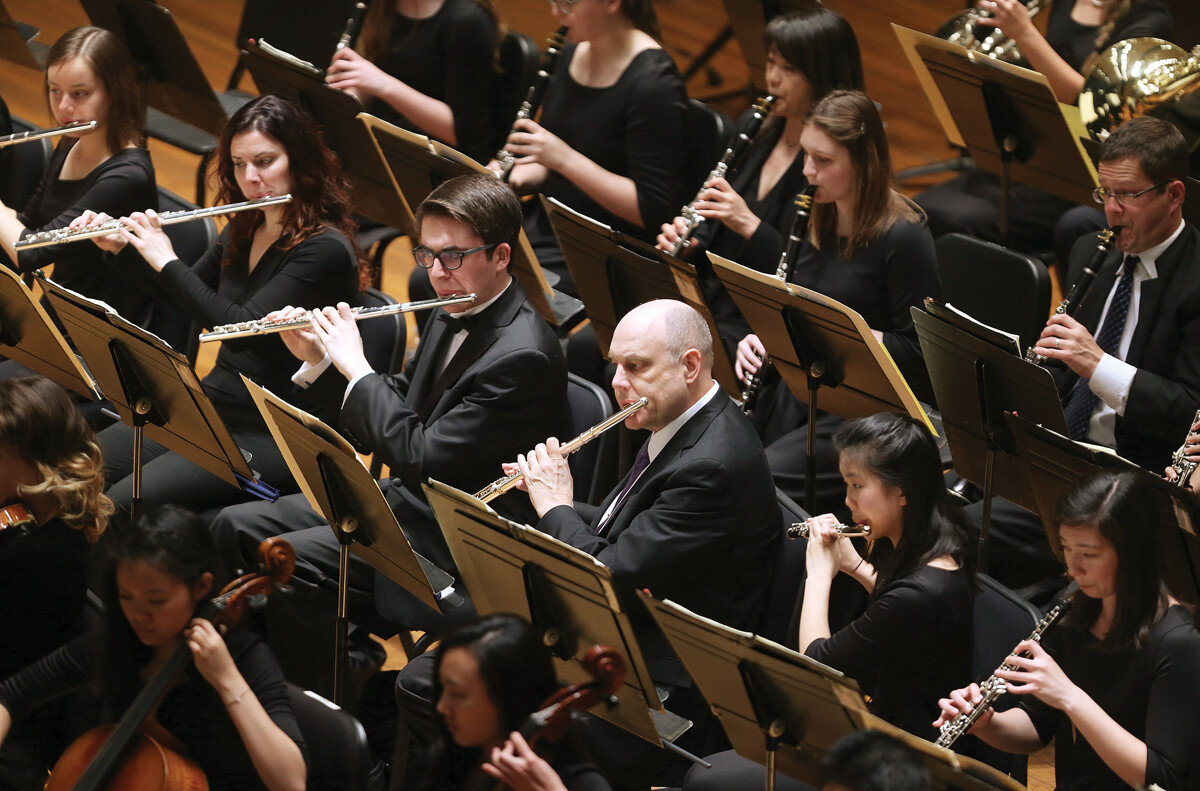

Orchestra
What Role Did Woodwinds Primarily Play In The Classical Orchestra?
Published: February 25, 2024
Discover the primary role of woodwinds in the classical orchestra and their contribution to the overall orchestral sound. Learn how woodwind instruments shaped the orchestra's dynamic and diverse repertoire. Gain insight into the evolution of woodwinds within the orchestra.
(Many of the links in this article redirect to a specific reviewed product. Your purchase of these products through affiliate links helps to generate commission for AudioLover.com, at no extra cost. Learn more)
Table of Contents
Introduction
The Classical era, spanning roughly from the mid-18th to early 19th century, marked a pivotal period in the development of orchestral music. During this time, orchestras evolved from smaller ensembles to larger, more diverse groups, with woodwind instruments playing a crucial role in shaping the orchestral sound. Woodwinds, known for their rich timbre and expressive capabilities, added depth and color to the orchestral palette, contributing to the distinctive sound of the Classical orchestra.
In this article, we delve into the fascinating world of woodwinds in the Classical orchestra, exploring their historical development, pivotal role in orchestration, and notable contributions to the repertoire of the era. By unraveling the intricate interplay of woodwind instruments within the orchestral landscape, we gain a deeper appreciation for their significance in shaping the musical masterpieces of the Classical era.
As we embark on this musical journey, we invite you to immerse yourself in the enchanting melodies and harmonies woven by the woodwinds, and to uncover the artistry and innovation that defined the orchestral music of the Classical era. Join us as we unravel the captivating story of woodwinds in the Classical orchestra, and discover the enduring legacy of these remarkable instruments in the realm of classical music.
The Development of Woodwinds in the Classical Orchestra
The Classical era witnessed a significant evolution in the role and prominence of woodwind instruments within the orchestra. Prior to this period, woodwinds were relatively limited in number and variety, often serving as auxiliary instruments in the ensemble. However, with the emergence of the Classical orchestra, composers and instrument makers began to expand the range and capabilities of woodwind instruments, leading to a transformative shift in their role and significance.
During the early stages of the Classical era, woodwinds such as the flute, oboe, clarinet, and bassoon gained prominence as essential members of the orchestra. Instrument makers made notable advancements in the design and construction of these instruments, enhancing their tonal qualities and expanding their technical capabilities. The refinement of key mechanisms and improvements in craftsmanship allowed woodwind players to navigate more complex passages with precision and agility, thus enabling composers to explore new expressive possibilities within their compositions.
Moreover, the Classical period marked a pivotal moment in the standardization of woodwind instrumentation within the orchestra. Composers began to establish specific roles and functions for each woodwind instrument, harnessing their unique timbres and expressive characteristics to enrich the orchestral texture. This deliberate orchestration of woodwinds led to the creation of intricate and nuanced musical landscapes, where the distinct voices of the flute, oboe, clarinet, and bassoon intertwined harmoniously to create captivating musical tapestries.
As the Classical orchestra continued to evolve, the demand for woodwind instruments grew, prompting further innovations and refinements in their construction. Instrument makers responded to this demand by crafting instruments of exceptional quality, characterized by their refined tonal clarity and dynamic range. The expansion of the woodwind section in the orchestra not only broadened the sonic possibilities available to composers but also elevated the status of woodwinds as indispensable contributors to the orchestral sound.
In essence, the development of woodwinds in the Classical orchestra represented a remarkable journey of innovation and artistic exploration. Through the collaborative efforts of composers and instrument makers, woodwind instruments underwent a profound transformation, emerging as vital protagonists in the orchestral narrative of the Classical era. Their evolution not only enriched the sonic palette of the orchestra but also paved the way for the creation of enduring masterpieces that continue to captivate audiences with their timeless beauty and emotional depth.
The Role of Woodwinds in Orchestration
The woodwind section of the Classical orchestra played a pivotal role in shaping the orchestral sound and enriching the overall musical texture. Composers of the Classical era recognized the expressive potential of woodwind instruments and strategically integrated them into their orchestral compositions to achieve a diverse range of timbres and emotional nuances.
One of the key functions of woodwinds in orchestration was to provide melodic and expressive depth to the musical fabric. The flute, with its shimmering and agile tonal quality, often took on lyrical melodies, infusing the music with elegance and grace. Its ethereal timbre lent a sense of airiness and fluidity to the orchestral passages, creating moments of serenity and poetic beauty within the musical landscape.
The oboe, known for its poignant and emotive sound, contributed soul-stirring solos and poignant melodic lines, adding a touch of melancholy or introspection to the orchestral narrative. Its expressive capabilities allowed composers to evoke a wide spectrum of emotions, from tender introspection to profound longing, enriching the musical tapestry with depth and introspective resonance.
The clarinet, a relatively new addition to the orchestra during the Classical era, brought a warm and mellow timbre to the woodwind section. Its versatile nature allowed it to navigate a wide range of expressive possibilities, from lyrical melodies to agile virtuosic passages. The clarinet's ability to blend seamlessly with other instruments made it a valuable asset in achieving harmonic richness and textural variety within orchestral compositions.
The bassoon, with its robust and sonorous voice, provided foundational support to the woodwind section, anchoring the lower register with its resonant tones. Its agile capabilities allowed it to navigate both lyrical and rhythmic passages, adding depth and gravitas to the orchestral ensemble. The bassoon's distinctive timbre added a sense of earthiness and warmth to the overall orchestral sound, enhancing the sonic palette with its expressive resonance.
In orchestration, woodwinds also played a crucial role in creating dynamic contrasts and orchestrating captivating dialogues within the ensemble. Composers skillfully juxtaposed the woodwind section with other instrumental groups, harnessing their unique timbres to craft compelling musical dialogues and contrapuntal textures. The interplay between woodwinds and strings, brass, or percussion added layers of complexity and intrigue to the orchestral compositions, creating a rich tapestry of sonic interplay and thematic development.
Furthermore, woodwinds were often employed to evoke specific moods and atmospheres within orchestral works. Whether portraying pastoral scenes, evoking stormy tempests, or capturing the whimsy of a dance, woodwind instruments were adept at conveying a diverse range of emotions and imagery. Their evocative capabilities allowed composers to paint vivid sonic landscapes, immersing listeners in a world of musical storytelling and emotional resonance.
In essence, the woodwind section in orchestration served as a versatile and indispensable component of the Classical orchestra, lending its expressive prowess and tonal diversity to the orchestral tapestry. Through their melodic lyricism, expressive depth, and textural richness, woodwind instruments left an indelible imprint on the orchestral compositions of the Classical era, contributing to the timeless allure and enduring legacy of this remarkable musical period.
Notable Woodwind Compositions in the Classical Era
The Classical era stands as a treasure trove of timeless compositions that showcase the exquisite artistry and expressive capabilities of woodwind instruments. From symphonies and concertos to chamber music and operas, the repertoire of the Classical era abounds with notable works that have left an indelible mark on the history of orchestral music.
One of the most iconic woodwind compositions of the Classical era is Wolfgang Amadeus Mozart's "Clarinet Concerto in A Major, K. 622." Written for the virtuoso clarinetist Anton Stadler, this concerto exemplifies the unparalleled beauty and lyrical charm of the clarinet. With its sublime melodies, seamless interplay between soloist and orchestra, and exquisite ornamentation, Mozart's Clarinet Concerto remains a pinnacle of the woodwind repertoire, captivating audiences with its profound emotional depth and technical brilliance.
Another masterpiece that shines a spotlight on woodwind instrumentation is Ludwig van Beethoven's "Symphony No. 6 in F Major, Op. 68, Pastoral." In this symphony, Beethoven masterfully employs the woodwind section to evoke pastoral scenes and nature's idyllic beauty. The exquisite woodwind solos, particularly in the second movement depicting a brook, immerse listeners in a tranquil soundscape, painting vivid sonic imagery of countryside landscapes and bucolic serenity.
Furthermore, the woodwind quintets of Anton Reicha, a prolific composer of wind music during the Classical era, stand as enduring gems of the woodwind chamber music repertoire. Reicha's innovative approach to writing for woodwind ensemble showcased the unique timbral blend and expressive versatility of flute, oboe, clarinet, bassoon, and horn, resulting in captivating compositions that continue to enchant audiences with their inventive spirit and melodic richness.
Joseph Haydn, often hailed as the "Father of the Symphony," also made significant contributions to the woodwind repertoire with his symphonic works. His "Symphony No. 94 in G Major, Hob. I:94," popularly known as the "Surprise Symphony," features delightful woodwind passages that add whimsy and charm to the orchestral fabric. The playful interjections and melodic motifs woven by the woodwinds contribute to the symphony's enduring appeal and lighthearted character.
In addition to these renowned compositions, the Classical era boasts an array of woodwind concertos, serenades, and chamber music works by composers such as Carl Stamitz, Johann Stamitz, and Carl Philipp Emanuel Bach, all of which showcase the exceptional artistry and expressive range of woodwind instruments within the orchestral and chamber music contexts.
Through these remarkable compositions, the woodwind instruments of the Classical era have etched their ineffaceable presence in the annals of musical history, leaving a legacy of unparalleled beauty, emotional resonance, and artistic innovation. As we immerse ourselves in the exquisite melodies and evocative textures of these timeless works, we bear witness to the enduring allure and profound impact of woodwinds in the Classical orchestral repertoire.
Conclusion
In conclusion, the role of woodwinds in the Classical orchestra transcended mere functional utility, evolving into a realm of artistic expression and sonic innovation. The development of woodwind instruments during the Classical era marked a transformative journey, as composers and instrument makers collaborated to expand the tonal palette and technical capabilities of these remarkable instruments. From the ethereal melodies of the flute to the poignant resonance of the bassoon, woodwinds contributed to the orchestral tapestry with their distinctive timbres and expressive versatility.
The orchestration of woodwinds in the Classical era exemplified a delicate balance of melodic lyricism, textural richness, and dynamic interplay within the ensemble. Composers harnessed the unique timbral qualities of woodwind instruments to evoke a myriad of emotions and imagery, from introspective introspection to jubilant exuberance. The woodwind section added depth, color, and nuance to orchestral compositions, enriching the musical narrative with its evocative prowess.
Notable woodwind compositions of the Classical era, including Mozart's Clarinet Concerto, Beethoven's Pastoral Symphony, and the quintets of Anton Reicha, stand as enduring testaments to the enduring legacy of woodwinds in orchestral music. These masterpieces showcase the unparalleled beauty and expressive capabilities of woodwind instruments, captivating audiences with their timeless allure and emotive resonance.
As we reflect on the profound impact of woodwinds in the Classical orchestra, we recognize their enduring significance in shaping the musical landscape of the era. The evolution of woodwinds from auxiliary instruments to indispensable protagonists in the orchestral narrative speaks to the ingenuity and artistry of composers and instrument makers. Their collaborative efforts have bestowed upon us a treasure trove of masterful compositions that continue to enchant and inspire listeners across generations.
In essence, the story of woodwinds in the Classical orchestra is one of artistic innovation, expressive brilliance, and enduring beauty. Their contributions have left an indelible mark on the history of orchestral music, serving as a testament to the remarkable ingenuity and artistry that defined the Classical era. As we celebrate the timeless allure of woodwinds in the orchestral repertoire, we embrace their legacy as a source of inspiration and admiration, honoring their pivotal role in shaping the symphonic masterpieces that continue to resonate with audiences worldwide.

